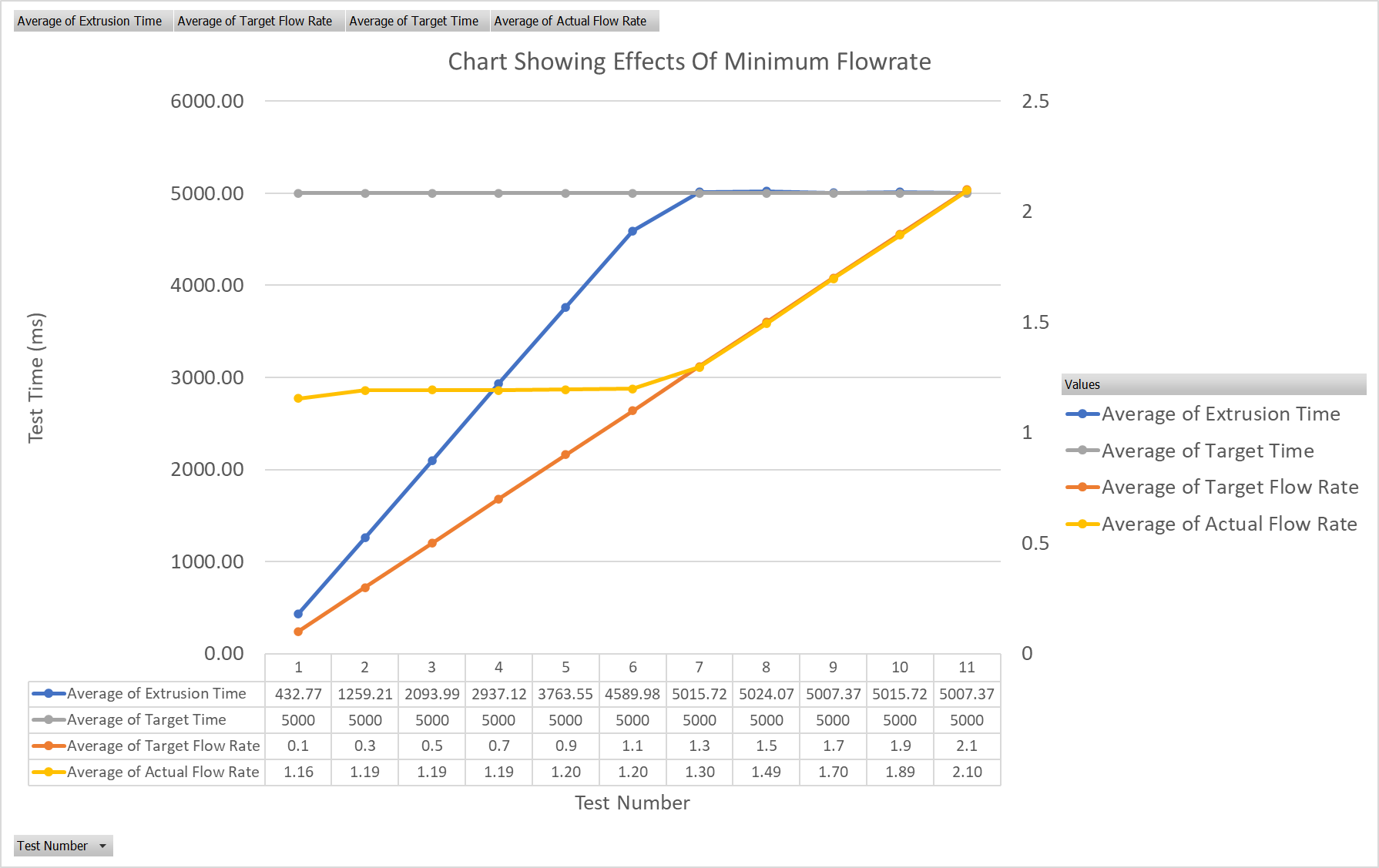@plasticfactory Increased thermal mass will improve temperature stability over time, but i don' think there were problems with that on standard nozzles, certainly won't be any worse. Your CAD clearly differs quite a lot to the real thing at the tip as nozzles have wide flat ends which aids in keeping the tip warm.
the conductivity is not changing.
I think the main change in taking down the diameter of the flow sooner in the path so you have less distance to melt the filament before demanding it to change form. If you just install it straight into a normal v6 you might end up with issues. This is why volcano and super volcano exist, it just increases the surface area to volume ratio to get more energy to the filament per unit of time.
The advantage you do have is that in the thin area you have significantly changed the surface area to volume ratio. You'll be able to control the temperature better, and will have greater chance of getting consistent temperature right to the core of the filament, but you may be too late in the flow path for that to make a difference.
Laminar flow may well produce a better extrude from the nozzle, but the higher mixing of turbulent flow makes it better for heat transfer. I think nozzle flow is quite laminar already though, apart from where the filament contracts into the orifice.
one think I did read in a paper a while back was a suggestion that a large amount of heat transfer into the material actually occurs at the point where the orifice starts, the turbulent flow there and increased pressure cause it. I don't recall the full conclusion of the paper but the smooth change may not necessarily be better.
To be honest though, all the knowledge in the world won't be able to predict if this nozzle will be better or not. Thermal flow and polymers are both super complex. I think you're approach to testing it to find out is 100% the way to go.
